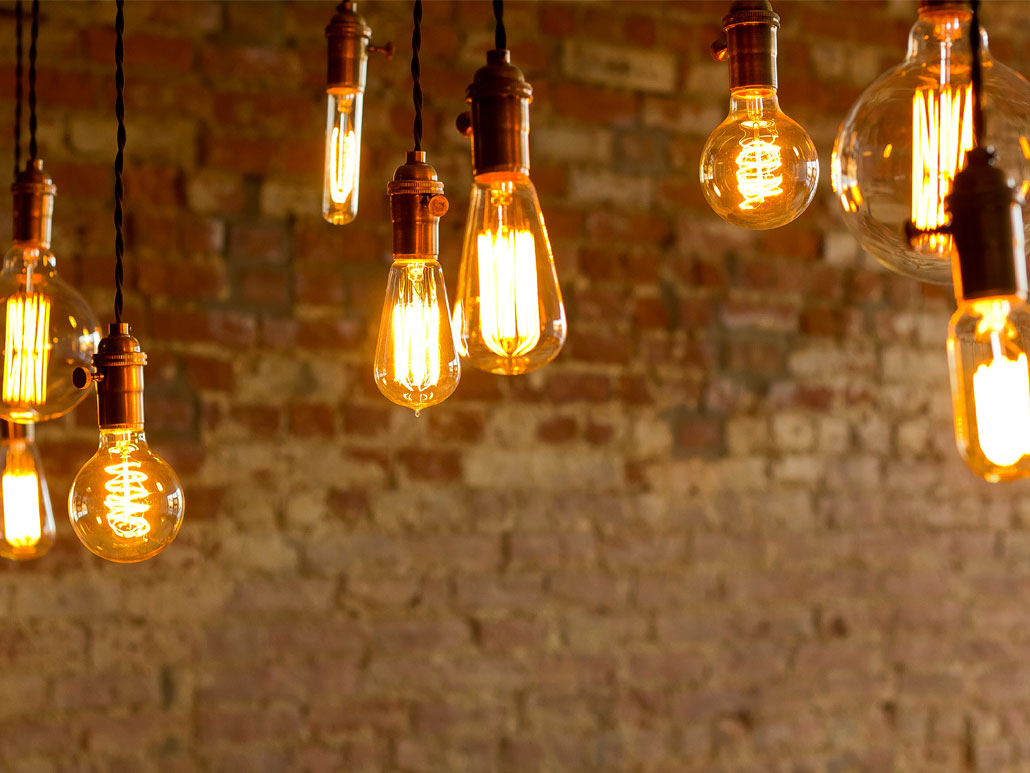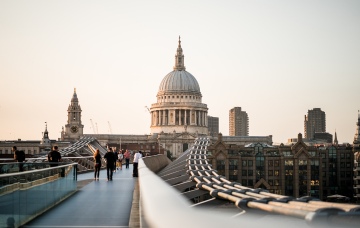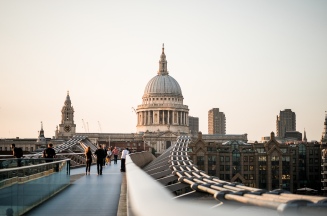Review
Reviewing your current energy use is the obvious starting point. Either by manually assessing your usage to integrating an EMS, adding submeters or through an energy audit.








Developers are racing to bring their offices “up to scratch” at a record pace, new data shows, as businesses demand greener, cleaner workspaces.
.jpg)
.jpg)
A firm believer that small changes have a big influence, Kevin Hansen, driver for Veloce Racing, discusses his passion for sustainability.


With the UK cost of living increasing, it’s well worth being aware of the support that’s available to help improve your home’s energy efficiency, and reduce your energy bills, particularly for those who are most in need.